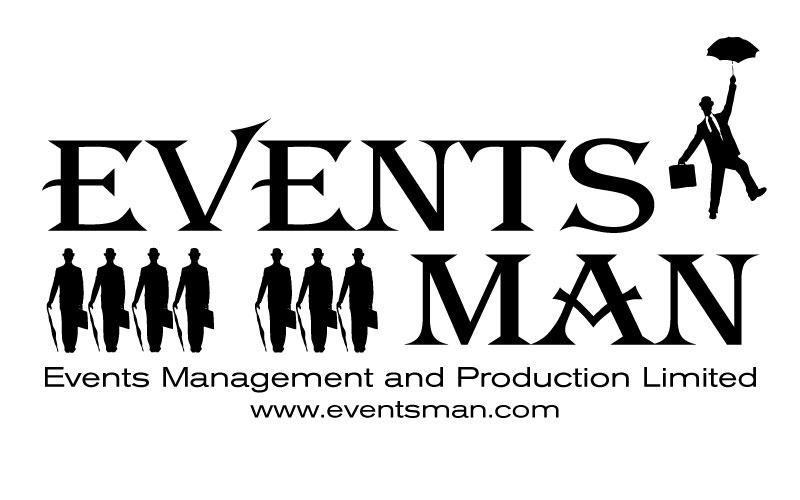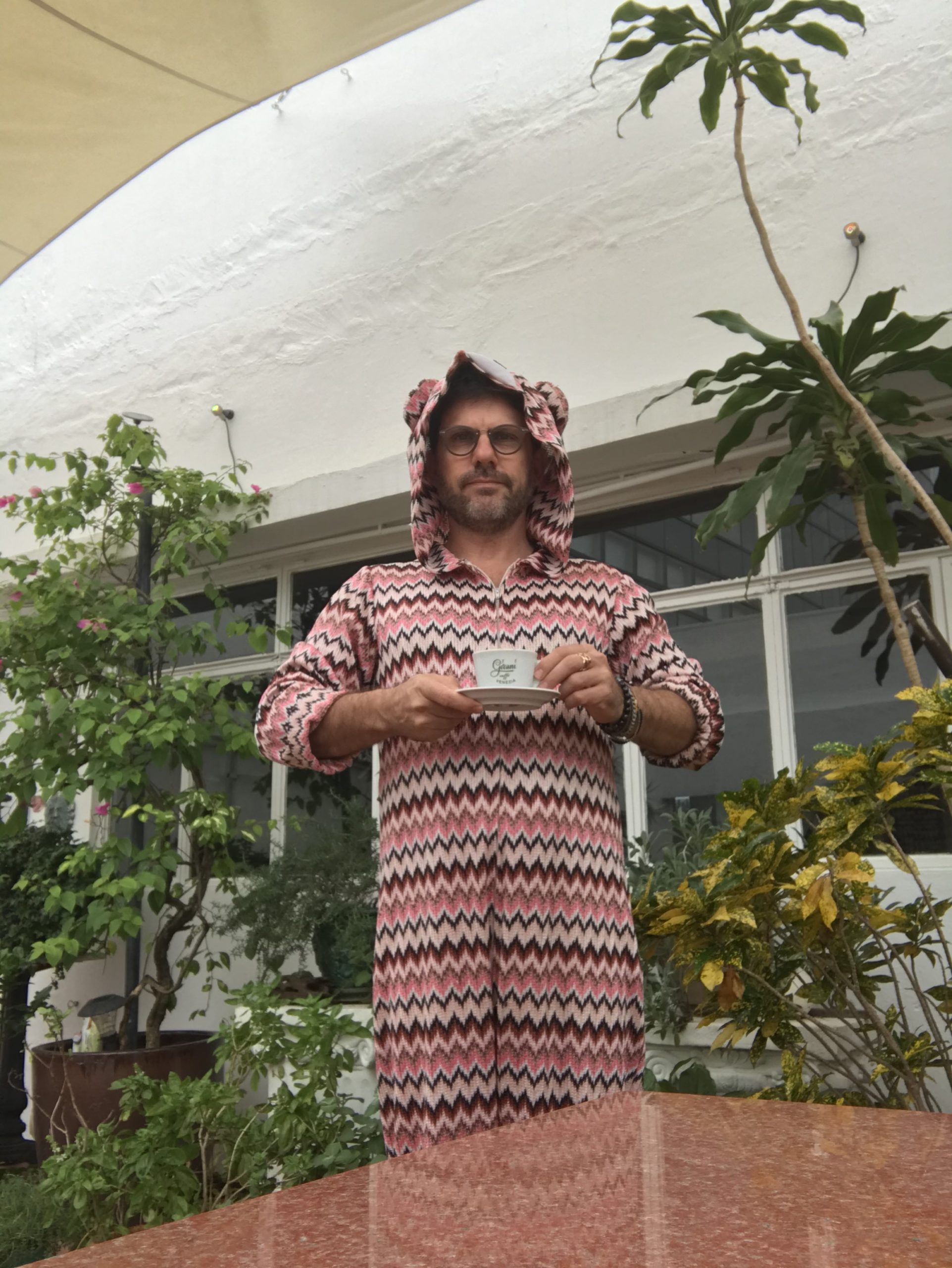Lounging in my pink onesie, day 3 of my mandatory 14 day quarantine on return to Hong Kong. I am waiting for my online order of whisky to arrive and thinking how well the Hong Kong Government and its’ people are managing this epidemic.
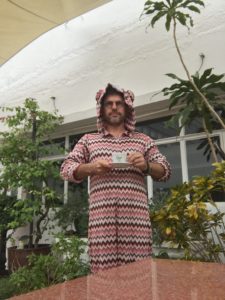
I recently returned from a trip to the US where I was speaking on event design at The Special Event (TSE) in Las Vegas. When I left for the US, Hong Kong was in a holding pattern in the number of Covid 19 cases and was just reopening government facilities and easing restrictions. The US was confidently saying they had things under control and there was no need to worry. The week of the conference the situation deteriorated rapidly.
I was lucky (?) enough to have been in Hong Kong in 2003 when SARS (the first pandemic of the 21st century) hit us. Rumors started in February that year of a weird disease in China, by March it was spreading in Hong Kong most events were canceling. As health workers scrambled to figure how it was spread rumors of deadly plague escaping from laboratories emerged. No one would touch anything, people were frightened of each other and everyone was wearing masks. The foreboding was compounded by the warm moist March weather and heavy dark smog being blown from the factories over the border. Fear was rife, property plummeted, work disappeared, everything stopped. In the past I tried to explain the experience of SARs but only those who were here really understood. We learn from experience. As crisis exposes faults in systems, the systems are made more resilient and with each crisis less damage is done.
As I arrived in the US on my recent trip I wondered why there was no real system in place for health checks other than asking if I had been to Mainland in the past two weeks. There were no temperature checks, no scanners, no health declaration forms. The first day of the conference many people were slightly offended when I wouldn’t shake their hand preferring to give a ‘live long and prosper’ wave, others mildly scoffed at my spray sanitizer that I constantly waived about. As the week went on news became grim, event cancelations rolled in an uneasiness came about the event community in the realization they were about to experience something big. After the conference I washed my hands and left Vegas for other meetings and family and watched the next two weeks as cities around the country began to close exposing the fragile health care system of the US.
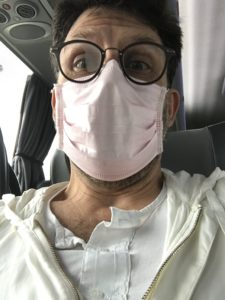
Heading back into Hong Kong on one of the last flights available out of SFO, Cathay Pacific had a nurse station set up where they were checking the temperature of all passengers before check in. That was the only time in the US I had a temperature check other than checking my own before visiting family. Cathay was also handing out masks provided by the Hong Kong Government and asking us to wear them on the flight. During the flight strict hygiene standards were used for foodservice and the toilets seemed cleaner than usual. Upon arrival into Hong Kong as usual all passengers were thermal scanned plus random ones were asked for more thorough temperature checks. Before immigration all passengers showed their health declaration form, then moved into a long spaced out queuing system.
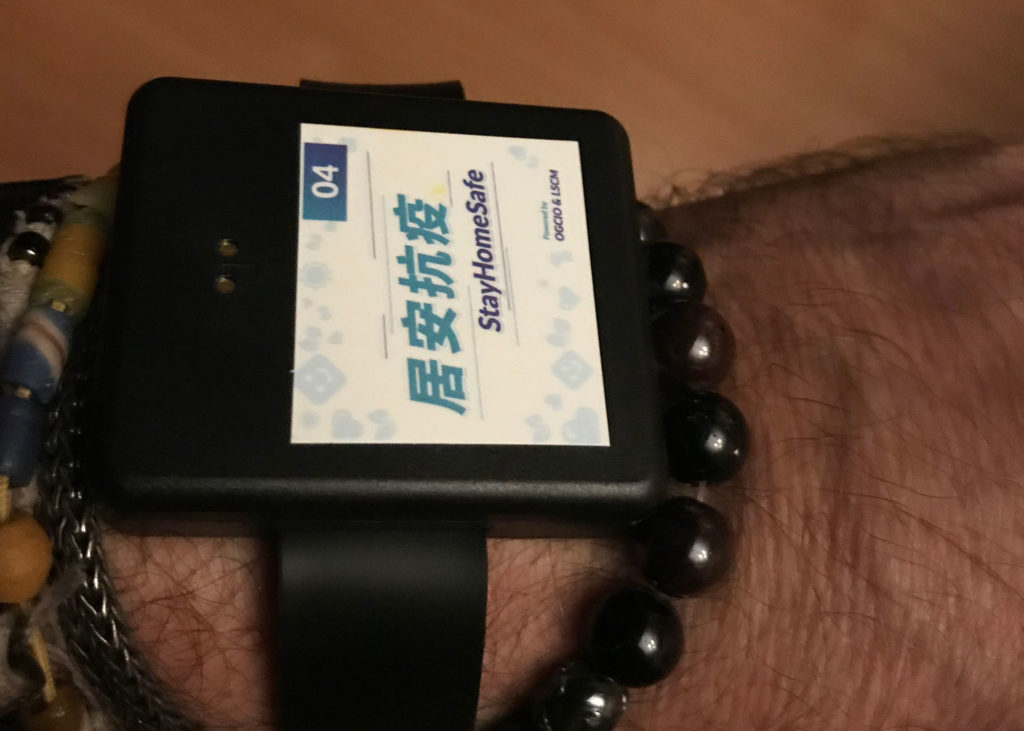
First we were given a bracelet, smart tracking ones for arrivals from countries with extreme outbreaks (US and Europe) and regular ‘hospital’ ones for arrivals from others. We then moved through the que to an officer who took our details and helped synch the bracelet with our phones and confirmed our mandatory quarantine address. Next we moved to an area of desks where we were handed a test kit with a small vial with our name on it, a special mailing envelope and were told how to give a saliva sample. We were also offer the opportunity to go to nearby Asia World Expo center and do the test onsite. After someone checked all our documents were submitted and we had the appropriate paperwork we went through immigration and onto customs. The whole process took about 10-15 minutes.
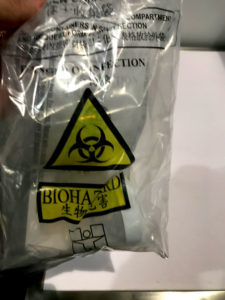
I chose to have my test done at Asia World. They had buses standby to take anyone who wanted to there. On arrival at Asia World we entered a big hall with different areas spaced out and ushers at each station to guide and help. First we checked in our luggage, then sanitized our hands and proceeded to a desk where two health workers explained the process and filed our paperwork. While we waited for our number to be called we watched a short film about how to spit into the dish and ensure all was sanitary. After several minutes I was walking around the corner to another area with small private booths where the usher pointed to which I should go to. I went to my numbered booth, spat in the vial, sealed it and cleaned the outside with alcohol, placed in a double plastic bag and then turned it in and went to pick up my luggage and headed to my studio where I would be for the next two weeks. From arrival to finish I had no physical contact with any of the staff who were all in full protective gear. From flight arrival to heading home was a little more than an hour. I think I waited longer for my luggage in some places.
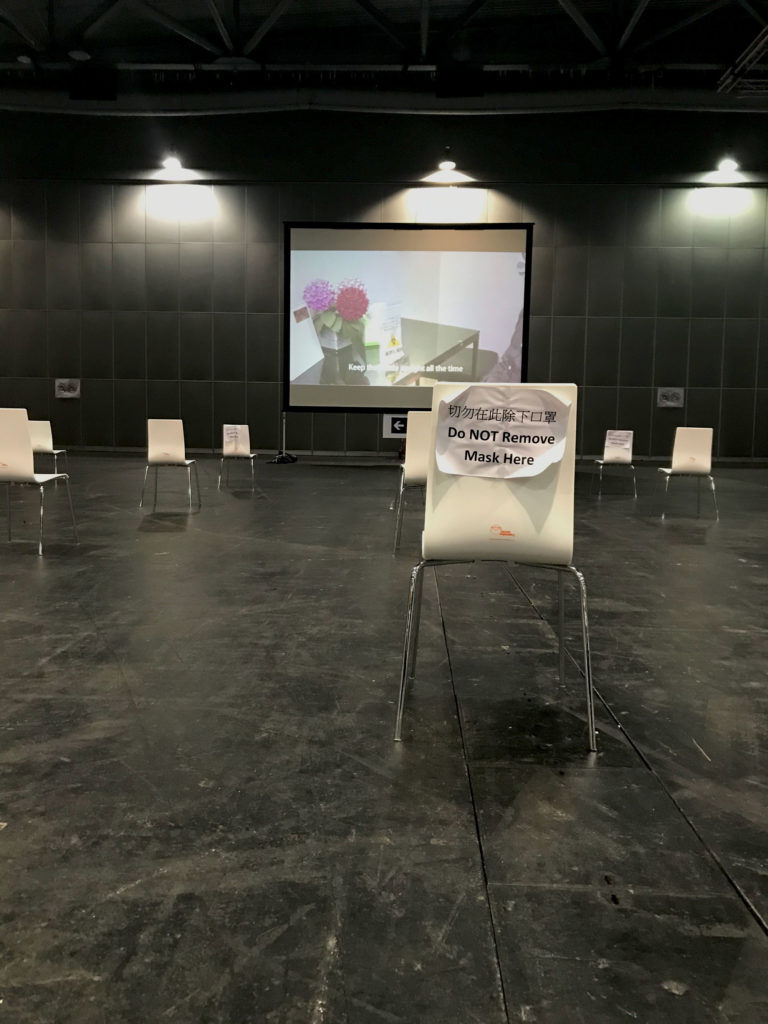
Hong Kong learned much from its’ SARS experience. Because of SARS we have in place many hygiene practices and systems that didn’t exist before 2003. Covered lift buttons, hand sanitizer in public spaces, thermal scanners, quarantine centers and wearing of masks are all legacies of SARS. Although the government was perhaps a bit slow in starting quarantine, it was much quicker than others and hopefully Hong Kongers will be more secure for it. Although I am perfectly healthy I don’t mind being in quarantine if it will keep the rest of us safe.
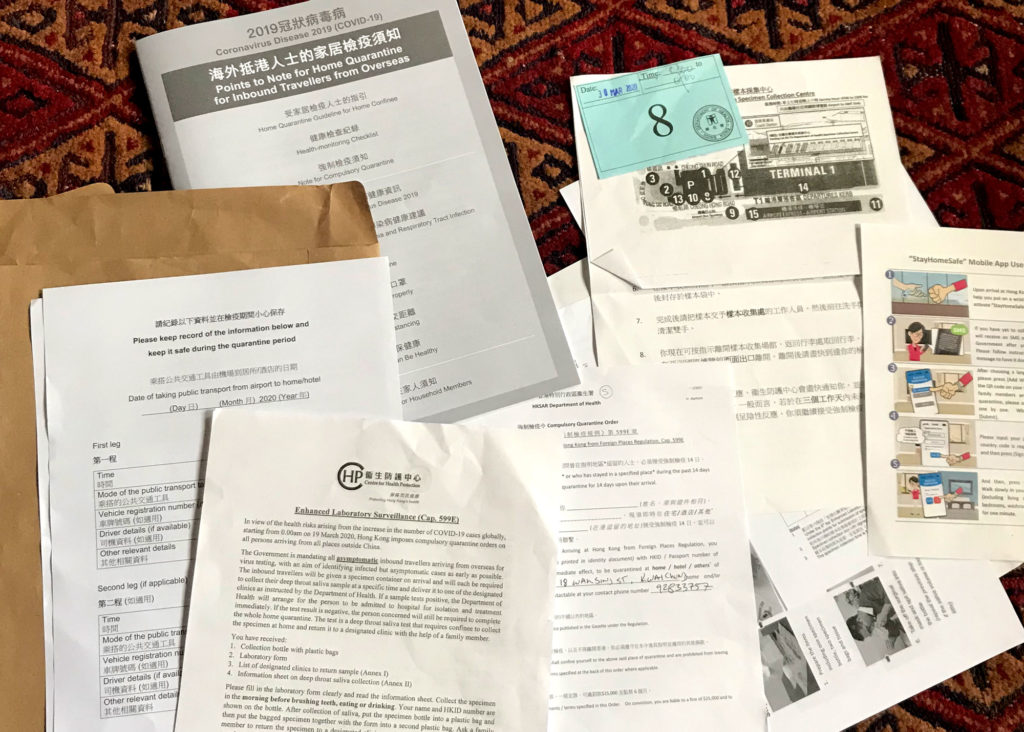
The main thing I learned from my SARS experience is this is all temporary. Don’t give into fear. Common sense and good hygiene will keep you healthy. Things WILL return to normal we will get through it and when we come out we will have a better system in place and be more prepared for the next pandemic.
Live long and prosper.
